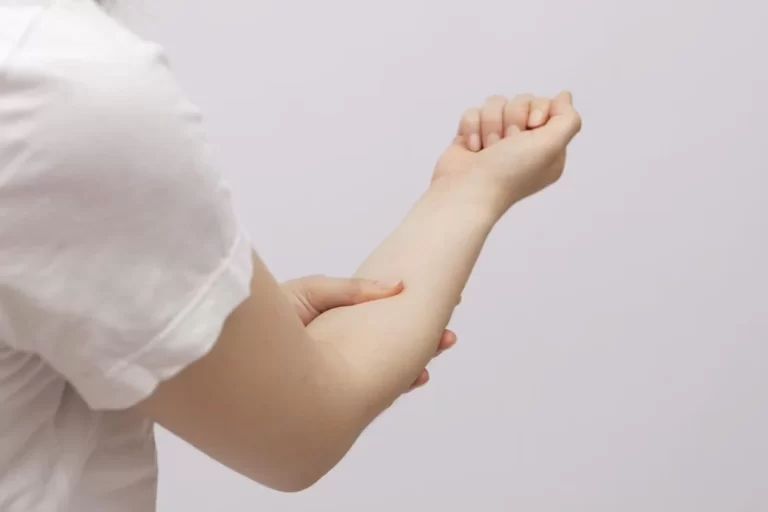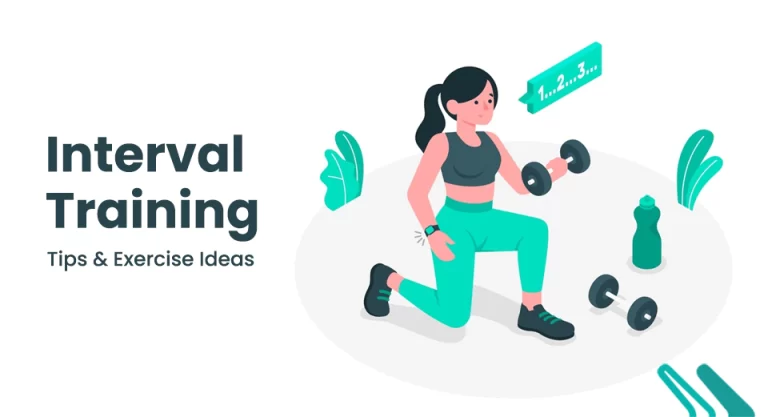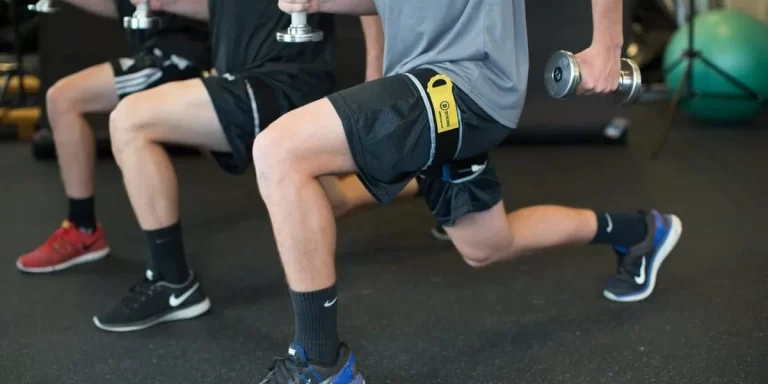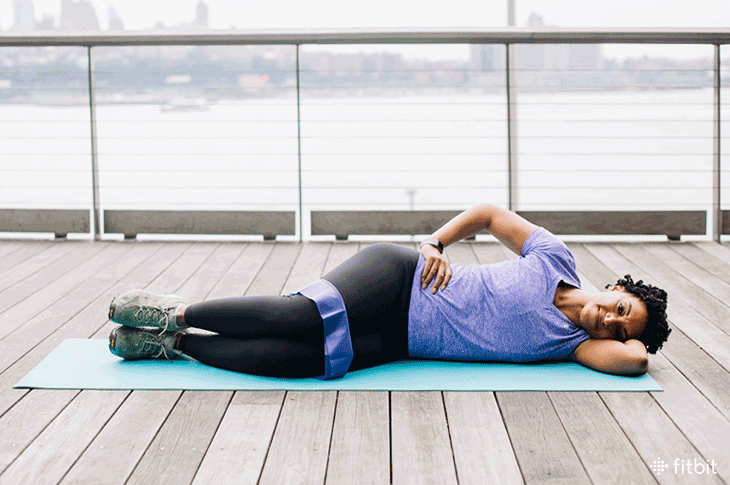Bidalasana (Cat Pose)
What is Bidalasana (Cat Pose)?
Bidalasana, also known as Cat Pose, is a common yoga pose that is often performed as part of a flowing sequence or as a standalone pose to stretch and warm up the spine. It is a beginner-friendly posture that provides various benefits for the body and mind.
The name “Bidalasana” is derived from the Sanskrit words “bida” meaning “cat” and “asana” meaning “pose” or “posture.” Just like a cat arches and stretches its back, this pose mimics the movements of a cat, promoting flexibility and relaxation in the spine.
Cat Pose is typically done in combination with Cow Pose (Bitilasana) as a flowing sequence. The two poses complement each other, creating a gentle and rhythmic movement that encourages spinal mobility and releases tension in the back.
The spine’s concentric and eccentric movement in the cat pose enhances the spinal fluid circulation, creating your spine flexible, creating this asana one of the excellent options for individuals who want to prolong their spine.
Additionally, the Cat pose delivers your vertebrates proper mobility releasing the strain from the lumbar spine. It even helps the functioning of your digestive system by regulating internal organs.
How to do Bidalasana (The Cat Pose)?
To begin with, Kneel on the ground floor and lean forward putting both your palms on the ground floor and pointing forward.
The legs can be slightly apart and the palms should be at shoulder size.
Let your trunk be similar to the ground floor, the thighs should be upright and straight.
The lower leg and feet should be on the ground floor.
This is the ground floor position. Rest your body fully.
Create certain your shoulder and back muscles are relaxed.
Then, exhale fully and feel your abdomen move inwards. At the same time move your head inwards among your shoulders.
While accomplishing this your head will turn forwards and the backbone will arch downwards.
lastly, inhale and arch your back in the opposite direction. Arch your head, neck, and shoulders upwards and backward, and look up. This is Bidalasana (the cat pose).
Replicate this process, as considerable times as you are relaxing.
Bidalasana Pose Video
Benefits Of The Bidalasana
The asana looks especially easy, and via routine practice, you can get the perfect balance in the breath as well as alignment. There are quite some advantages that you can get from practicing Bidalasana.
- Higher flexibility – You can create your backbone more flexible. As you flex your backbone, you can obtain the ability to have good flexibility.
- Relieves tension – It can be easy for you to relax tension around your shoulders, neck, middle back, and lower back. The pose massages the muscles and the backbone.
- Improves strength – You can be assured of stronger shoulder joints, knee joints, hip joints, shoulders, and arms. Practicing this asana can even create engage your core muscles completely, and strengthen them.
- Improves digestion – The pose helps massage your core muscles and ab muscles softly, which can improve digestion.
- Gives good sleep – You can even enjoy good sleep, given that this pose enhances insomnia problems and can relieve stress.
- Good body posture – If you suffer from imperfect posture, this asana can support and enhance the same.
- Helps with female problems – This pose can be better for postnatal as well as prenatal women, and can also reduce the signs associated with PMS.
- Relief from back pain: Bidalasana gently stretches the muscles and releases tension in the back, providing relief from mild backaches and promoting a healthy spine
- This is regarded as a great basic asana for most of the backend postures of the progressive level.
The Cat Pose, similar to most Yoga poses, can create you aware of your breath and your body. It can start with the Throat Chakra (Vishuddhi Chakra)and the Solar Plexus or Manipura Chakra. This is influential in opening up the chest area and can enhance the flow of blood to the spine.
Bidalasana (Cat Pose) Modifications and Props
There are two various interpretations of Biladasana Dynamic and static Biladasana. To bring certain modifications to the pose, one can attempt the static performance of the Biladasana.
In this case, you require to begin with all your four limbs and then begin walking your hands forward till you are capable of placing your forehead on the floor. You require to maintain your hip lifted to maintain your thighs at the right angle to the ground floor.
Your spine requires to rest in this posture and your lower back area requires to hang down from the hips. Stay in this pose by bringing around eight breaths.
To release, you require to sit back on your heels and comfort with your head relaxing upon the thighs by bringing a few breaths.
Variations
Bidalasana variations with base posture as Cat Pose (Marjaryasana Bitilasana).
As researchers have variable abilities, a provided yoga pose may be easy for a particular learner but hard for another. In such cases, as a yoga teacher, you can introduce pose variations to further challenge a researcher who is discovering a specific yoga pose easily or introduce an easier variation of a pose for the student who is discovering the main pose hard.
Variations in poses can help you to grow and make gradual improvements in your yoga practice no issue what their starting ability levels are. And this is where your position as a yoga trainer evolves very essential. Below we have compiled 31 pose variations of Bidalasana in one area to provide you with ideas to plan your yoga classes as you interact with pupils of various levels.
Contraindications and precautions
- Diarrhea.
- Knee injuries.
- Severe neck or back pain.
- High blood pressure.
- Vertigo.
- Slipped disc (PIVD).
Conclusion
The Cat Pose or Bidalasana is a great Yoga pose that can create your vertebrae more mobile. When you assume the pose of a cat, it can rest your back area and make your spine more flexible. The asana might look more basic but has immense benefits for the brain and body. If you want to have the holistic advantages of this pose, you must practice it regularly. This is a great posture that can be conducted quite easily.
FAQ
1. What is the purpose of Cat Pose?
Bidalasana boosts the flexibility of the neck, shoulders, and spine. The exercise even prolongs the muscles of the hips, back, abdomen, chest, and lungs. Cat pose Stretch held at its peak releases pressure in the upper back and neck.
2. How to make Bidalasana?
Bidalasana Steps
To begin with, seat in the middle of the mat in Vajrasana, positioning the hips on the heels while sitting on the shins and the knees.
Rest the body and bring a few breaths here, extending the spine upwards while breathing.
Inhale and seat your palms on the ground floor in the facade of you extending your arms out straight.
3. Is Cat good for the spine?
The cat-cow pose, even known as Marjaryasana-Bitilasana in the yoga earth, is a mild warm-up designed to obtain flexibility and remove tension in the spine. This famous yoga posture is an ideal activity for back pain as it stretches your lower and upper back, torso, and neck.
4. Why is it called Cat?
The cat-cow pose resembles a cat stretching and arching its back. It’s also parallel to a cow stretching and pushing its abdomen out and hips forward. Hence, the term.
5. What is the benefit of a Cat?
Cat-Cow is a gentle flow among two postures that heats the body and gets flexibility to the spine. It extends the back torso and neck and softly stimulates and maintains the abdominal organs. It even opens the chest, encouraging the breath to evolve slowly and in-depth.








One Comment